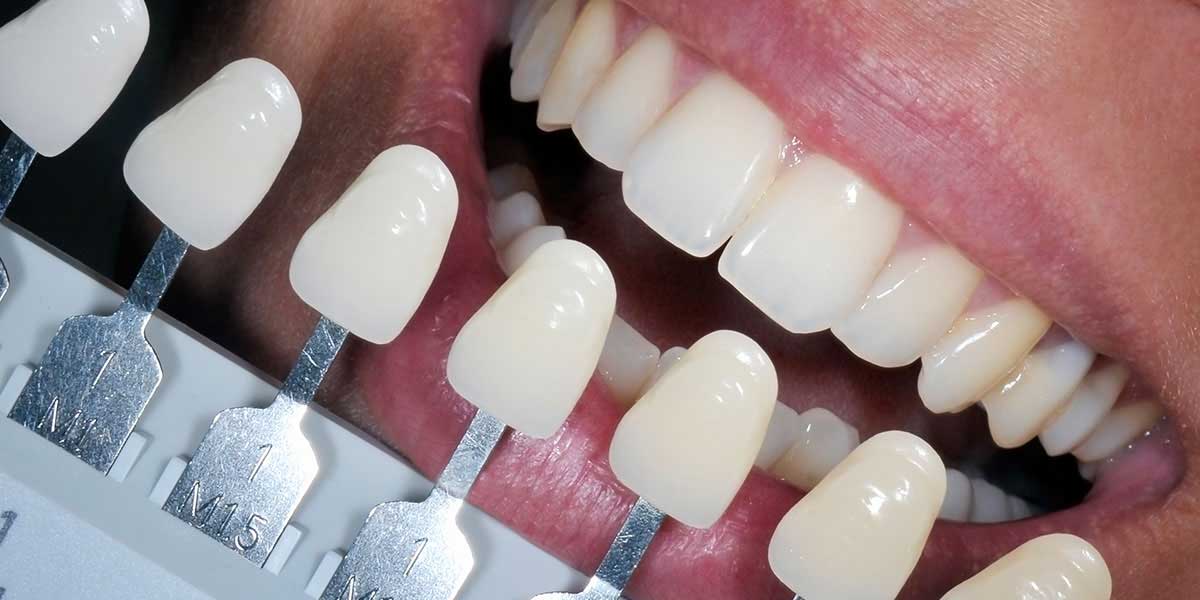Composite Dental Filling

Cavities cause decay, which spreads unless the decayed area is removed and the affected teeth properly restored. Identifying and addressing cavities early helps prevent the need for more complex and costly dental procedures, including restorative procedures like crowns, bridges, root canals and dental implants. Our highly skilled doctors at Rangel Dental in Morristown, New Jersey, halt tooth decay and restore your teeth with composite dental fillings for a healthier, more beautiful smile.
Composite Dental Filling Process
Composite dental fillings use a composite resin made from a mixture of plastic and fine glass particles. This resin is tooth-colored to maintain a natural appearance while restoring teeth with cavities. Your dentist chooses the appropriate shade of composite to best match your natural tooth color. After removing the decayed area of a tooth, we fill the resulting space with the composite material in layers, which are hardened with a specialized curing light. We shape the composite material to fit your tooth and finish with polishing to ensure your filling remains smooth and resistant to staining and premature wear. Composite fillings are also sometimes used in cosmetic dentistry to change the shape or color of a tooth for an improved smile.
Composite Dental Filling Versus Amalgam
Amalgam fillings are made of metal and used to be common, but tooth-colored composite materials are now the most recommended tooth filling material. The primary reason is aesthetic, because with a good color match, it’s nearly impossible to notice a tooth has been restored. Dentists and patients may also opt for composites because:
- Composites directly bond to the tooth, which supports the remaining tooth structure.
- Direct bonding means less drilling than amalgam fillings.
- Composites don’t use mercury like metal fillings.
- Composites aren’t affected by heat and cold like metal fillings, so temperature sensitivity is less likely.
- Composites are stronger than amalgam fillings.
Composite dental fillings cost more than amalgam fillings, and most insurance companies only cover composites for your front teeth. When your insurance only pays the allowance for amalgam fillings but you prefer composite fillings, you pay the difference out-of-pocket. Besides new fillings, you can also replace existing amalgam fillings with tooth-colored composites.
Dental Fillings Aftercare
After receiving a composite filling, don’t eat or chew until the numbness from anesthesia wears off, and avoid sticky, crunchy or hard foods for the first 24 hours. Soreness and temperature sensitivity shouldn’t last more than a few days. Contact us at 973-292-0001 to learn more about composite fillings or request an appointment online today.

